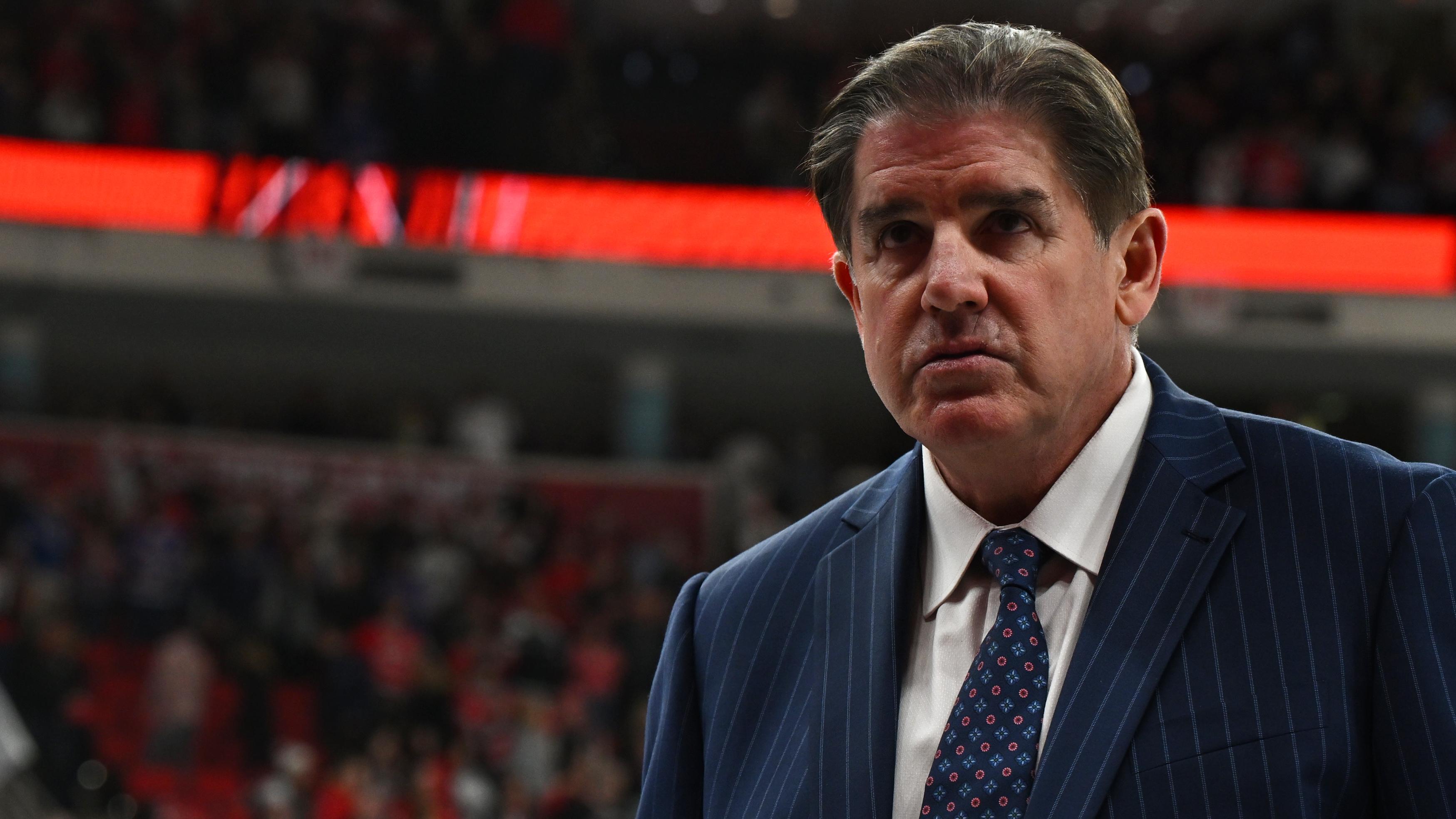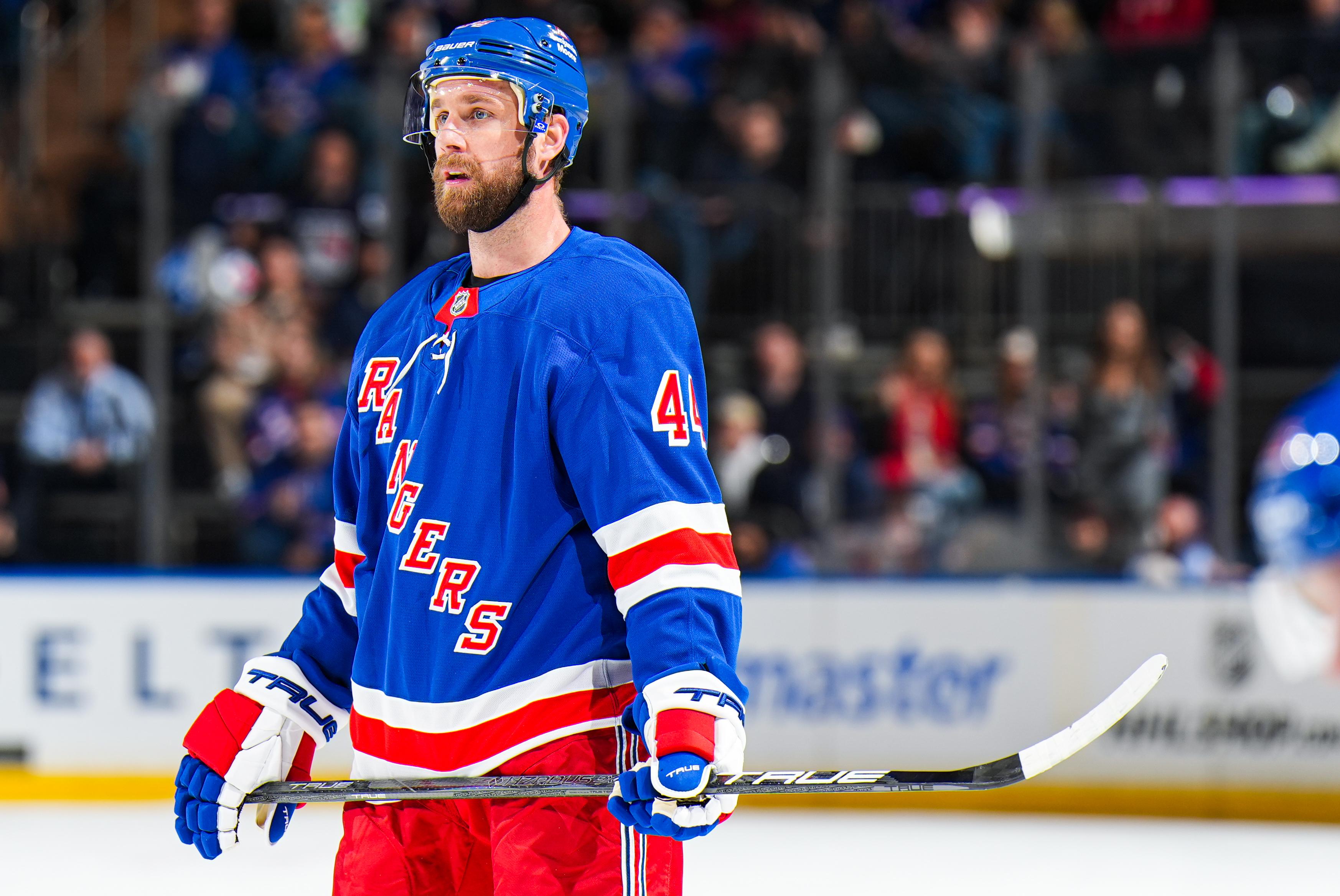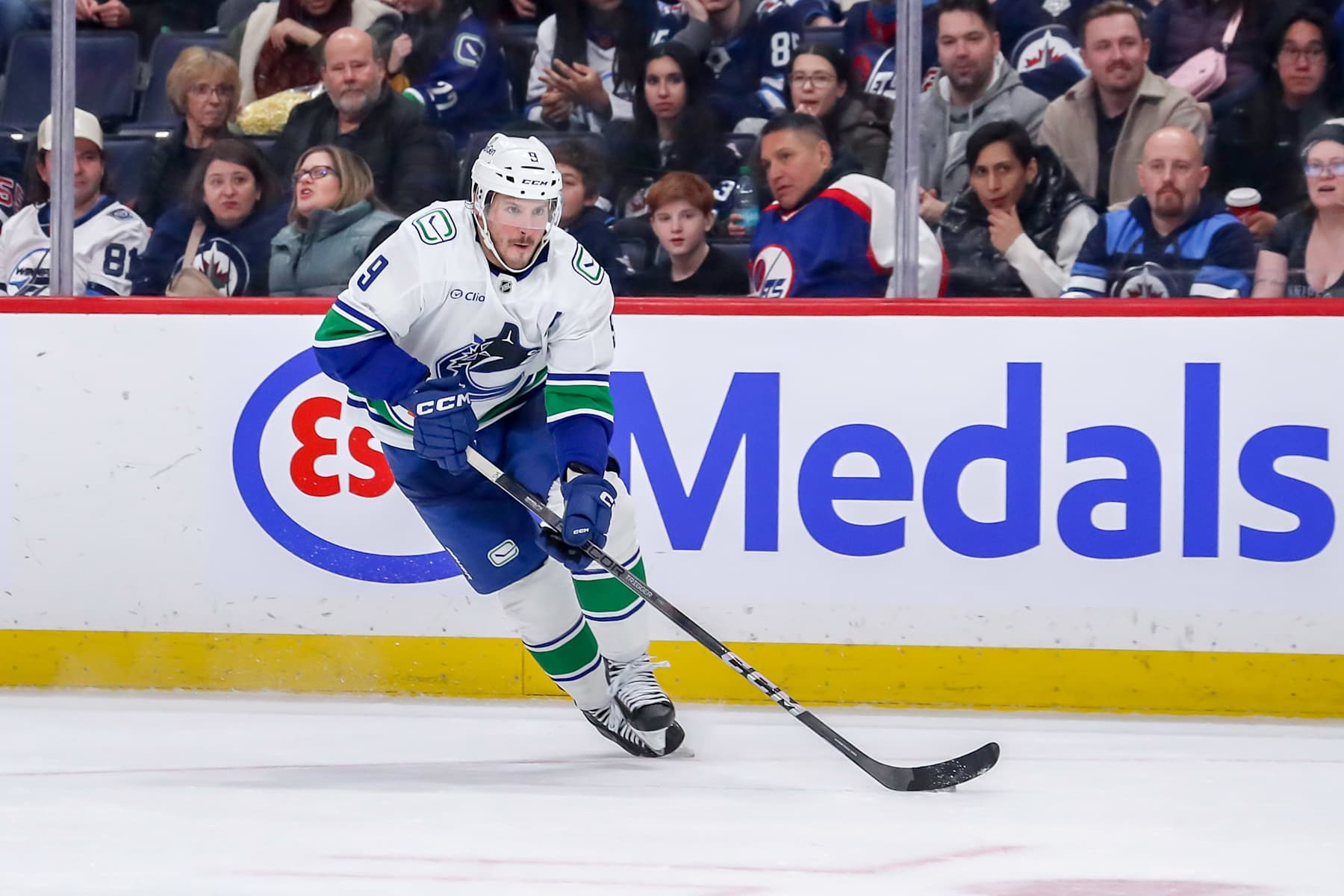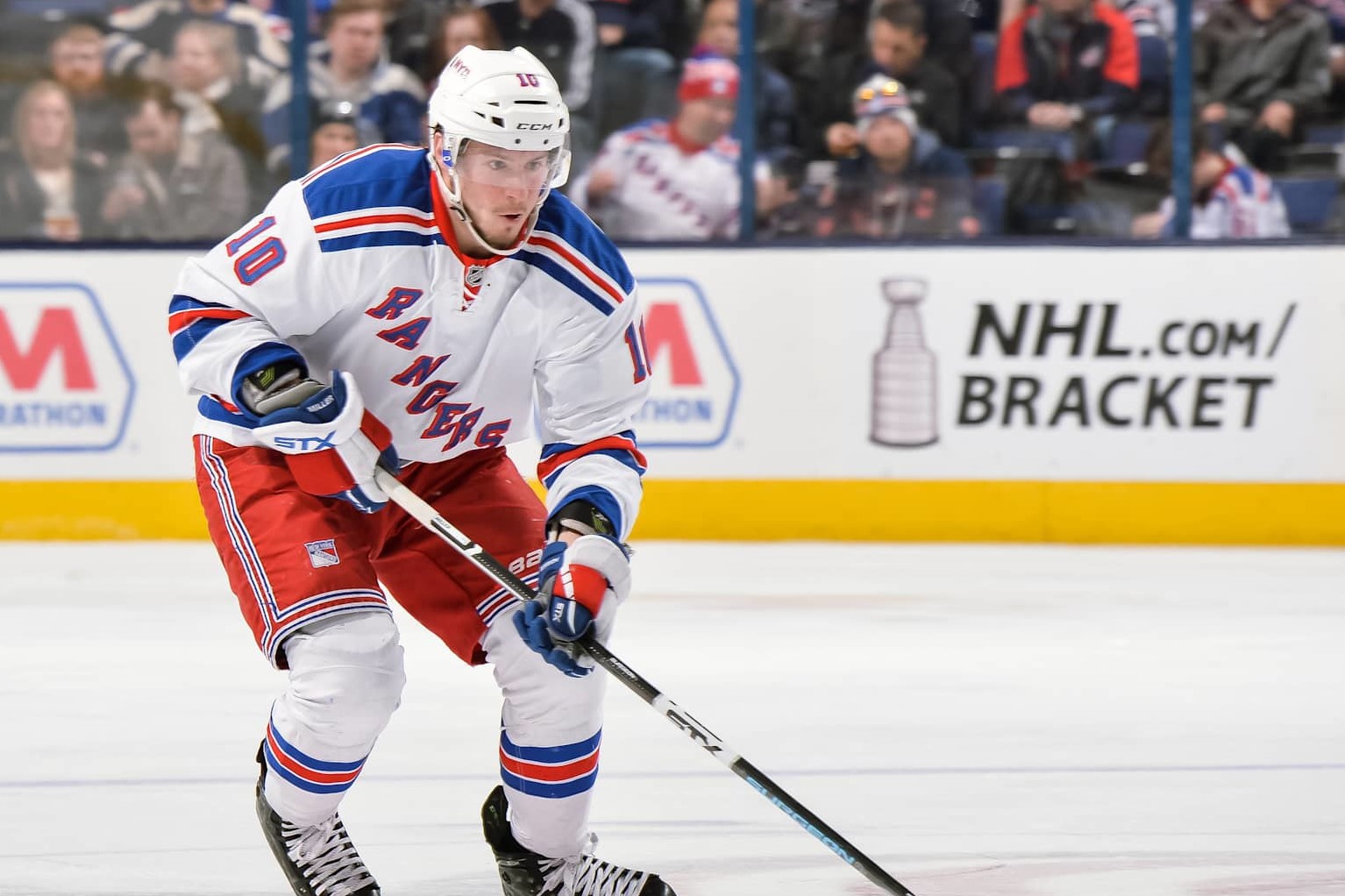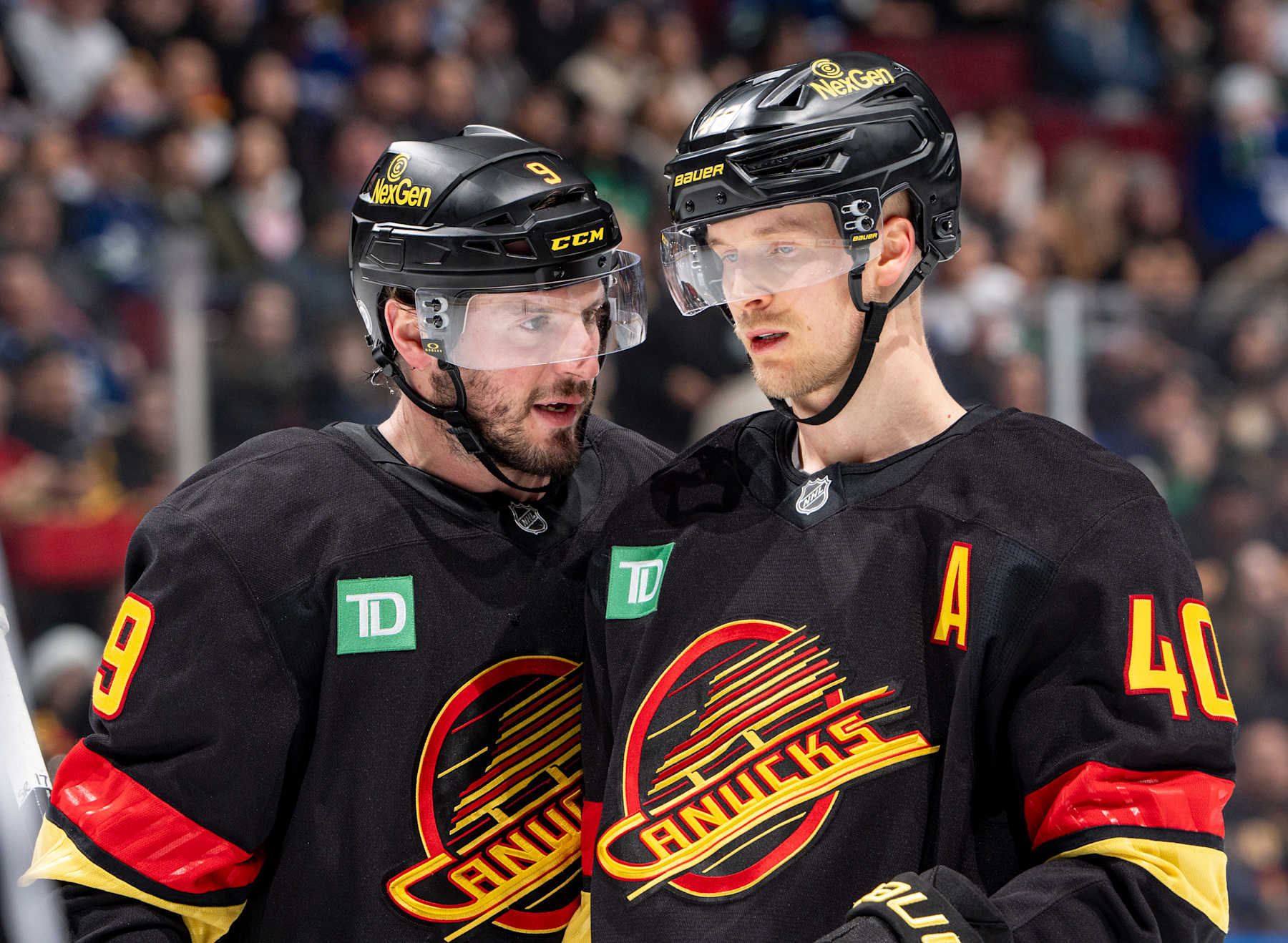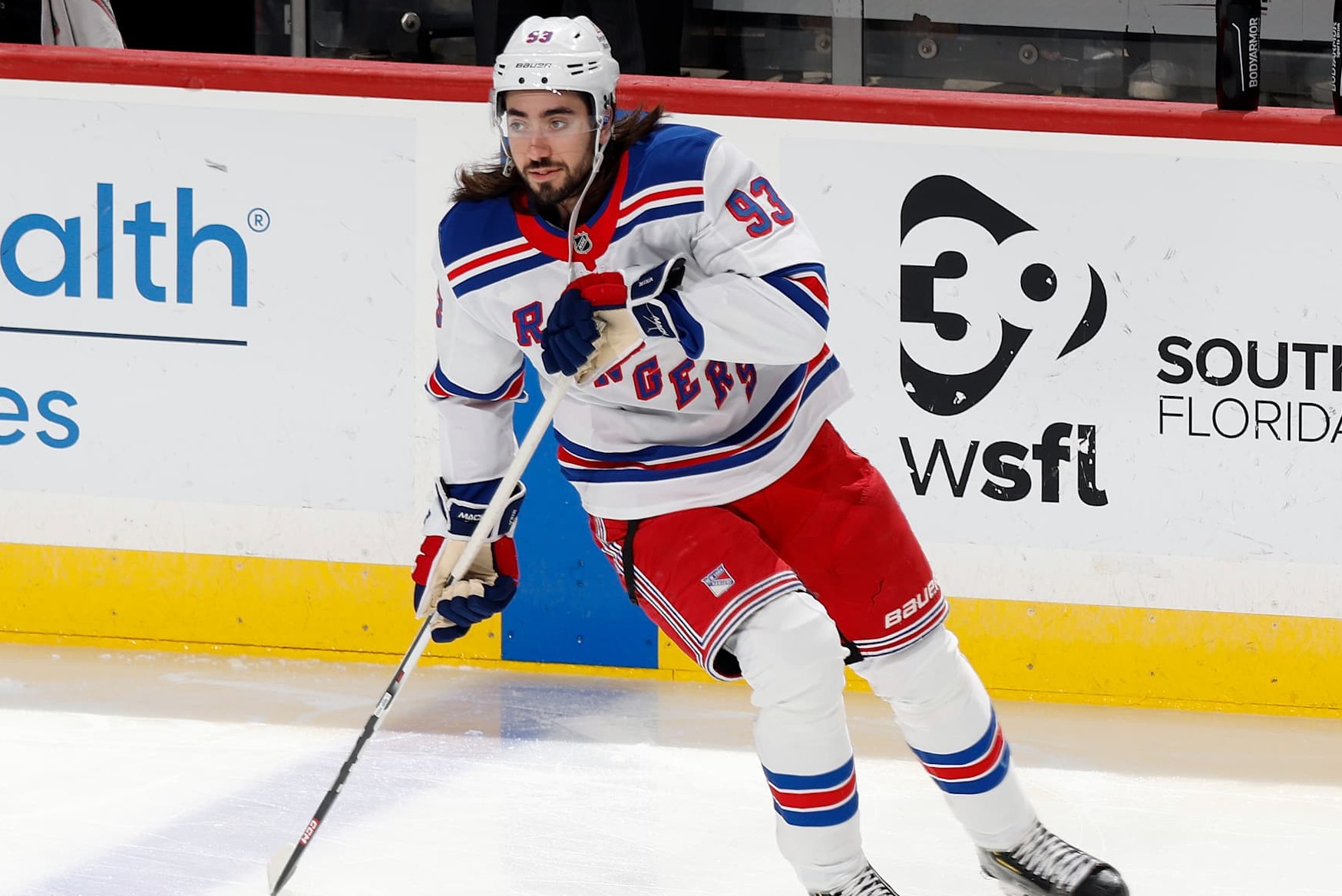Rangers Get the Coach They Want and Now Mike Sullivan Has to Deliver for Chris Drury
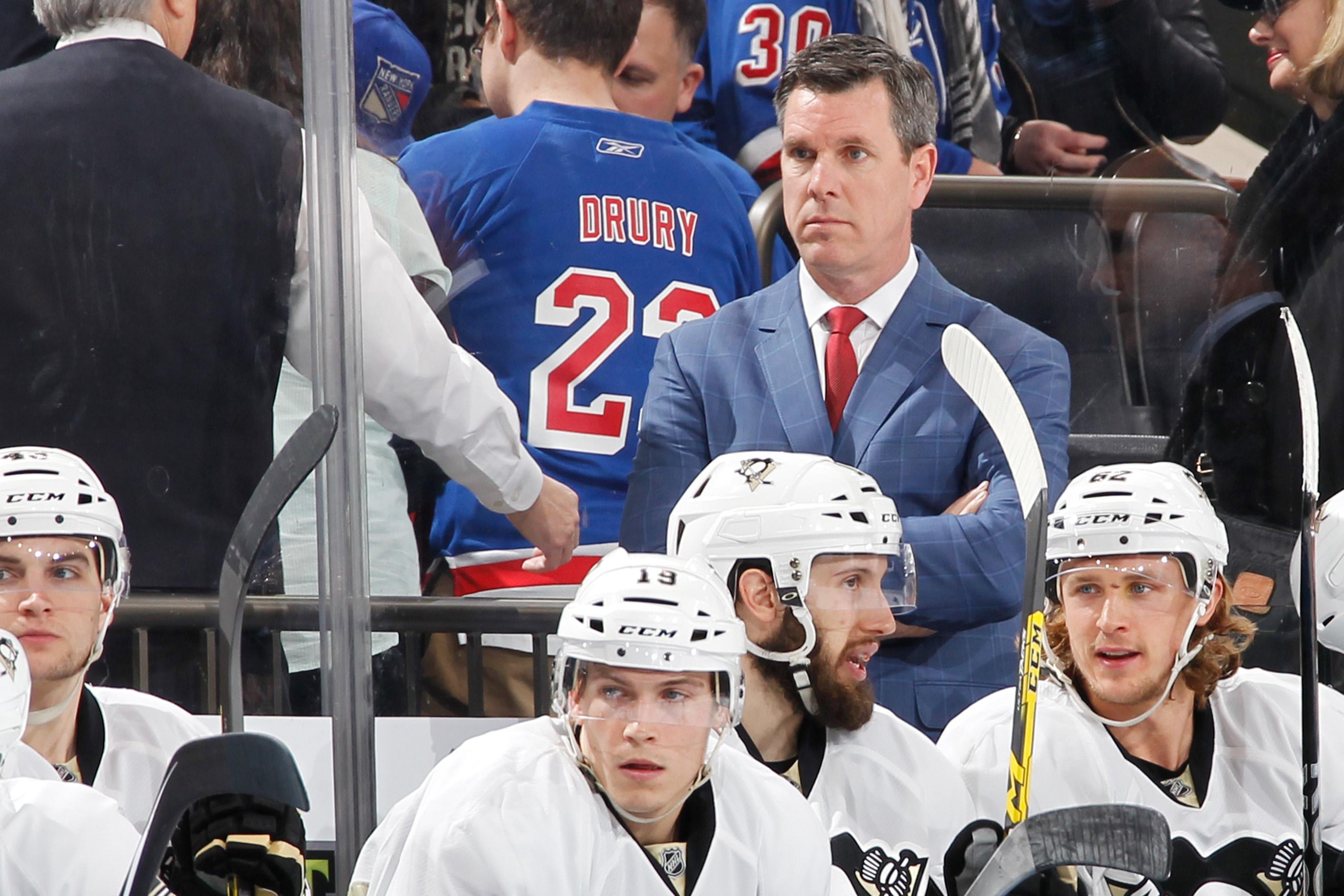
New York Rangers general manager Chris Drury finally has his guy.
Gerard Gallant and Peter Laviolette were always meant to be here for a good time, not a long time. Mike Sullivan is the head coach for whom Drury has been in a holding pattern ever since he became the Rangers' president and GM in 2021.
The volatility behind the bench is surely now in the past. As first reported by Bleacher Report, Sullivan's deal is believed to be a five-year contract. He's not headed to New York without assurances that his successes and failures will not be measured with annual accounting, unlike his predecessors. Sullivan is here to get the Rangers back on track in 2025-26 and oversee a whole era.
What makes Sullivan worth a near-record-breaking contract, and what does his addition mean for the Rangers? Let's break down the move.
Forecheck
If we assume Sullivan will coach the Rangers the same way he coached the Penguins for most of his tenure, then expect the Rangers to generally employ a 1-2-2 neutral-zone forecheck.
In theory, this should help the Rangers control the game better. The system itself lends to that, but so does Sullivan's coaching, specifically.
As The Athletic's Jesse Marshall pointed out many times during Sully's tenure in Pittsburgh, the efficacy of the Penguins' forechecking lay in successful layering. Even if the first forechecker gets beat, two more players spring into action to take away the next layer of space.
Even when the Rangers were Presidents' Trophy winners in 2023-24, they gave up way too many rush chances. Teams would get past one Rangers forechecker and immediately jailbreak through the neutral zone without much resistance. In other moments, and particularly when the Rangers shifted back to a 1-3-1, the forecheck was far too passive and conceded half the rink.
Despite the Penguins' decline in the last three seasons, they remained one of the better forechecking teams in the NHL. Sullivan wants to move the puck north, and he demands his team win races for retrievals.
Should they not, it's about applying pressure at every moment of the opposition's attempted breakout. No free-zone exits, and any successful outlet found will be met with a new source of pressure. Force the opposition into mistakes, then send players from the neutral zone into the offensive zone with built-up speed to attack.
Defensive Zone
Laviolette's ideas for a hybrid defensive zone structure were well-intended and poorly executed. We can debate his failures in this regard, but the Rangers are just not built for it. They lack the footspeed for man-to-man defense and the quick thinking necessary to figure out the changes in assignments.
Sullivan typically deployed a zone defense in Pittsburgh. More specifically, a strong side overload. It's a simpler defensive structure, and the rotation of assignments as the puck moves is more intuitive.
The idea is to guide the puck to the perimeter and then create turnovers by applying pressure with a numbers advantage. Once you win the puck, you have a lot of support for breakouts with one forward remaining high to fly through the neutral zone.
The system may also lean into one of the team's strengths. Will Borgen, Braden Schneider and Carson Soucy are heavy defensemen who thrive at boxing out above the crease. K'Andre Miller has the potential to play that type of game as well with the right coaching.
Role Optimization
Sullivan's best attribute might be his ability to identify the strengths and weaknesses of players and put them in positions to succeed. Behind the generational talent in Pittsburgh during Sullivan's two Stanley Cup championships were several players whose careers were in flux, journeymen NHLers or talented players with identity crises.
As the Rangers attempt to manage the salary cap and integrate youth into the lineup, that type of talent identification and implementation will be crucial. The Rangers hopefully learned lessons from overpaying the likes of Barclay Goodrow and Ryan Reaves. The running joke for years in Pittsburgh was the team's ability to take fringe free agents and low-profile prospects and turn them into serviceable depth players.
The Rangers are full of those types of players at the moment, including Adam Edström, Brett Berard, Urho Vaakanainen and so on. Successful development of player depth will not only make the team better on the ice, but it will also prevent the previous need to blow draft picks at the trade deadline to fill the roster and also leave more financial room for key players
Communication and Roster Optimization
There's nothing proprietary about Sullivan's systems. The 1-2-2 forecheck is a fairly basic tactic employed at all levels of hockey, as is the defensive-zone overload. The genius is in Sullivan's ability to orchestrate players to work cohesively in units to ensure everyone's positioning and timing create successful pressure.
Sullivan is not set in his ways. He's arguably the best coach in the NHL at taking a given roster and adjusting the specifics of his systems to match the personnel. This works both holistically and individually. Once management handed Sullivan a much slower roster (to the team's detriment), he was able to mitigate the damage by adjusting the forecheck to become more passive.
With all of that said, Sullivan is demanding. He will put players in positions to succeed and communicate what he wants from them, but buy-in is mandatory.
The Rangers were awful in execution last season, and we can theorize all of the reasons why: low morale, laziness, distractions, bad hockey IQ, and so on. Sullivan's hiring will catalyze a culture shift. Any player who isn't committed to playing the hockey that Sullivan demands is going to be quickly jettisoned.
Game Management
The numbers bear out well for Sullivan in virtually every game situation: protecting a lead, chasing the score, or gridlocked in the second period. His teams are usually well-prepared to manage the moment.
As a matter of line combinations and usage, Sullivan is elite at putting the puzzle pieces together. With that comes highly tuned game management. The Rangers experienced that during the 2022 NHL playoffs. Sullivan's knack for the chess game of matching lines against the opposition and deploying players in situations that suit their games is the type of edge the Rangers were sorely lacking in a best-of-seven playoff series.
The Rangers have work to do before even worrying about the nuances of playoff matchups, but whenever they get back there, Sullivan is the type of coach who can turn a 50-50 game into a 51-49 advantage for his team. That can be the difference in a tight seven-game series between two great teams.
Now It's on Drury
To be blunt, most NHL head coaches are replaceable. Success often comes down to the right messenger at the right moment or goaltending fortune. Very few coaches transcend.
The Rangers now have one of them in Sullivan. Yes, he won two Stanley Cups in Pittsburgh, but what's arguably more impressive is that he hung around for 10 years under three different general managers. He won't have a Sidney Crosby to lean on in New York, but he will have Igor Shesterkin to finally end the years of goaltending frustrations he dealt with in Pittsburgh.
Even still, there is only so much Sullivan can do. The Rangers are a fundamentally broken team, and management has a lot of work to do to give Sullivan a suitable roster. If the Rangers are to play as aggressively as Sullivan will demand, they have to fill the roster with players who are faster and better at decision-making.
The roster does not have a single reliable shutdown center, and the forward group in general is devoid of players with historically strong defensive output. The wings are slow, which hurts the team both when pursuing pucks and creating layers of pressure on the backcheck. The defense lacks a true top-pairing left-handed defenseman.
Drury did not build rosters meant to play the way that Gerard Gallant and Peter Laviolette hoped to play hockey. He barely built the roster at all, in fact. Most of the team's makeup as of last October was built primarily by his predecessor, Jeff Gorton, and lacked any real identity in terms of style of play
We can debate the good and bad of all of that, but the tide is changing. After four years, Drury finally has a head coach whom he truly believes in for the long haul. Now he has to provide his head coach with a roster that fits his team identity and has enough talent to match his Stanley Cup ambitions.

